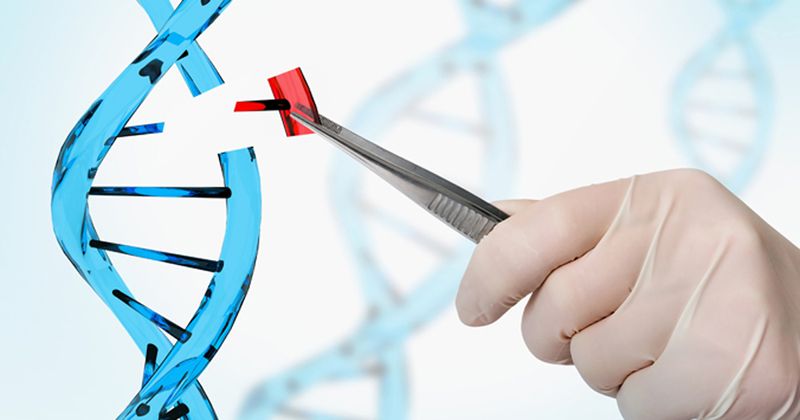High dose of novel PD gene therapy linked to improved outcomes at 26 weeks
Topline data from a phase 2 clinical trial of an investigational gene therapy for Parkinson’s disease showed that a higher dose of the medication significantly improved disease-specific and quality of life measures by week 26.
Manufacturer MeiraGTx reported that treatment with AAV-GAD within the high-dose cohort led to a mean 18-point improvement from baseline in Unified Parkinson’s Disease Rating Scale Part 3 “off” medication score, compared with either low-dose or sham groups.

The company also reported that both the high-dose and low-dose cohorts showed significant improvements (8 points and 6 points, respectively) from baseline in the self-reported quality-of-life metric Parkinson’s Disease Questionnaire-39 compared with sham.
The 6-month, sham-controlled clinical trial investigated the safety and tolerability of AAV-GAD in 14 individuals with idiopathic PD, a 12-month history of levodopa responsiveness, as well as a UPDRS Part 3 score of at least 25 points in the “off” state.
Individuals received either a one-time bilateral infusion of AAV-GAD into the subthalamic nucleus of either 7.0×1010 vg (low-dose group), 21×1010 vg (high-dose group), or sham surgery.
AAV-GAD was safe and well-tolerated, with no serious adverse events related to treatment, the company said in the release.
“With material made using our proprietary production process at commercial scale, we have demonstrated that AAV-GAD is safe at all doses studied, including a higher dose than previously tested,” Alexandria Forbes, PhD, president and CEO of MeiraGTx, said in the release. “We have now treated a total of 58 patients in this development program in 3 independent multicenter clinical studies and have seen no [serious adverse events] related to AAV-GAD treatment.”
